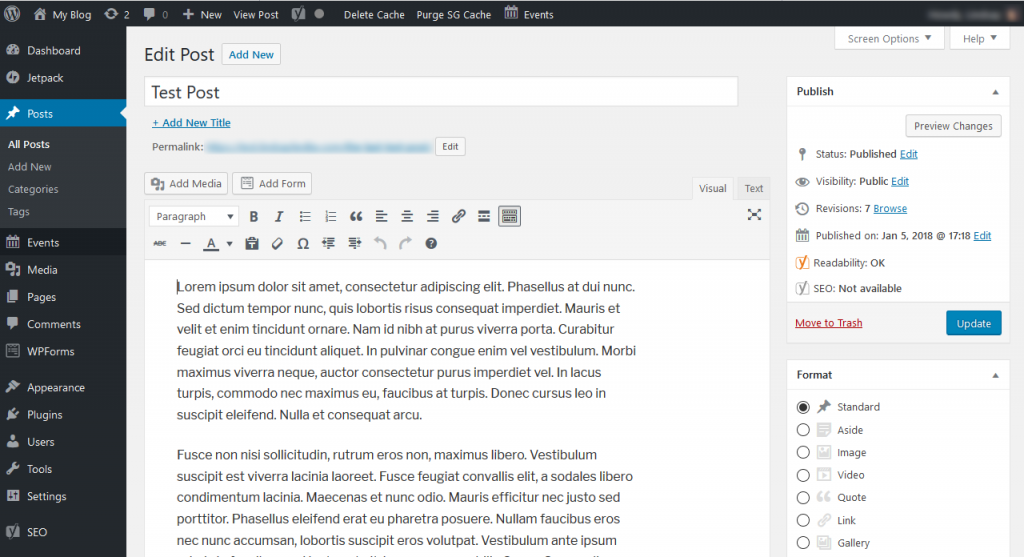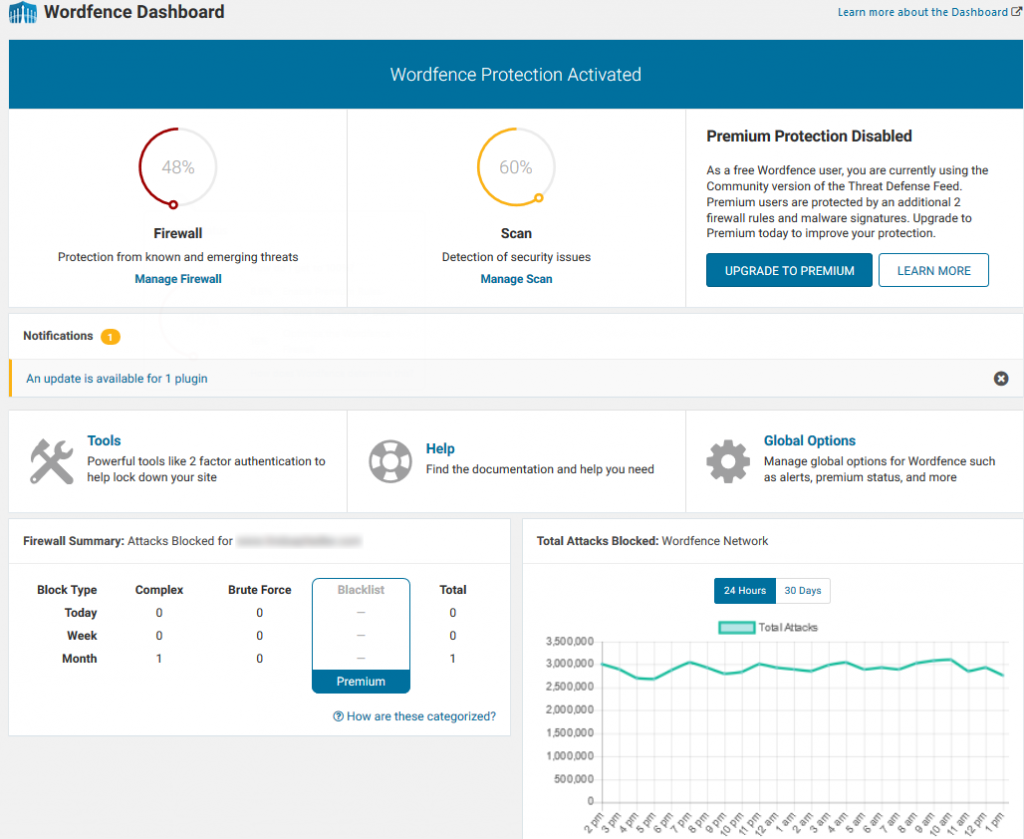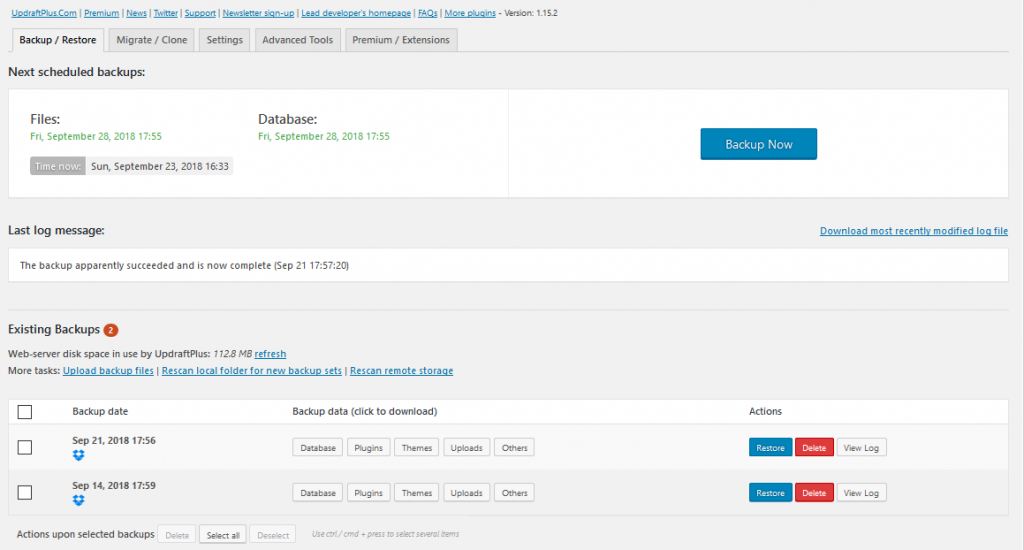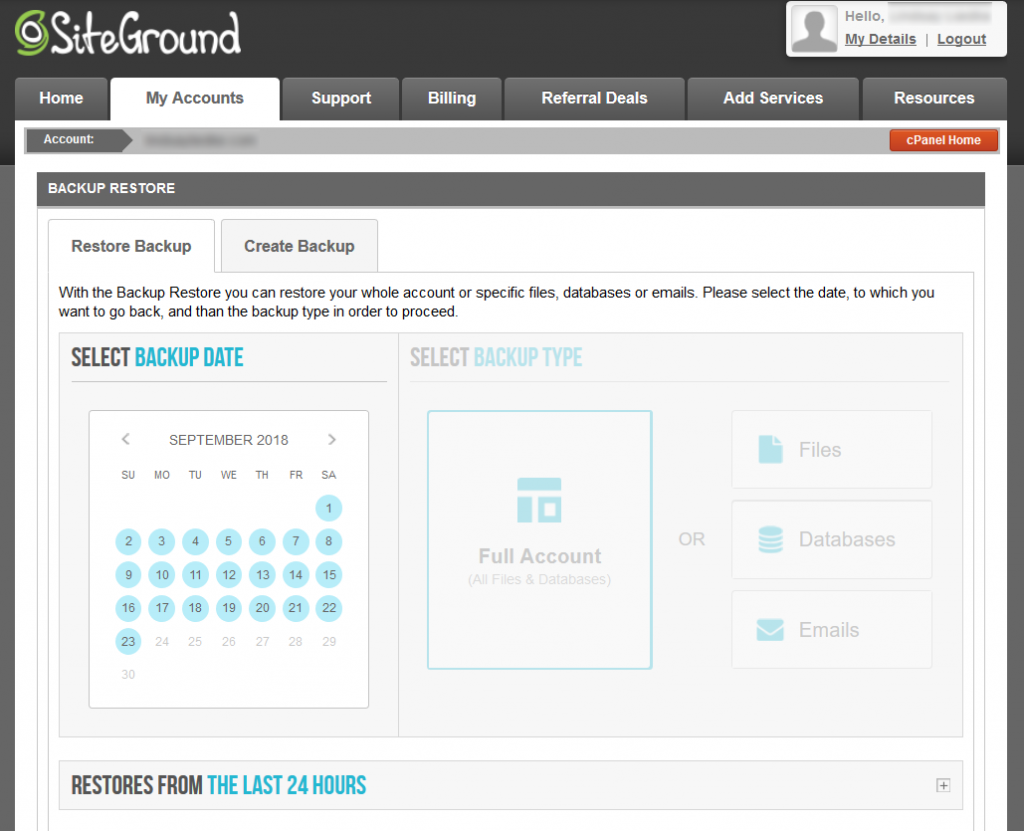Physical Address
304 North Cardinal St.
Dorchester Center, MA 02124
Physical Address
304 North Cardinal St.
Dorchester Center, MA 02124

Despite the rise in hacker activity and security leaks, it seems as though businesses are still not concerned with cybersecurity, enough.
Companies continue to underestimate the cost of security threats, fail to understand the seriousness of security breaches, and ultimately feel that a reactive approach to cybersecurity is still the best solution.
In other words, businesses deal with security issues once they happen and hope for the best, in an effort to save time and money. But unfortunately, the reverse is often true.
Handling security issues after they’ve occurred not only takes more time than preventing them from happening in the first place, they’re expensive to resolve.
In fact, cyber attacks are estimated to cost companies millions of dollars each year.
And that doesn’t account for the aftermath. After all, a severe security breach stands to ruin your business from the inside out.
That’s why today we’re going to take a look at the proactive measures you can take to stop criminal cyber activity in its tracks.
Table of Contents
Staying on top of your website’s security threats on your own can be challenging, especially if you don’t really know what you’re doing.
That’s why investing in a professional security team, such as Bulletproof, is the best way to keep your website secure from malicious activity.
With an experienced security team by your side, you can expect the following types of services:
A trusted security service will provide your company with the visibility and protection needed to thwart cyber threats before they happen.
This will save your business precious time and money.
The platform you build your business website on will make a difference in how vulnerable you are to attack.
If you’re looking for an all-in-one solution, you might choose from the following established platforms:
If you’re more interested in hosting your own website, you should consider the popular content management system WordPress.

Powering 31% of the world’s websites, WordPress’ core is built with security in mind. Adding to that, you can add one of many WordPress security plugins to your site for added protection.
For instance, Wordfence is one of the most widely used security plugins used on WordPress websites.

It comes with firewall protection (that identifies and blocks malicious traffic), routine security scans, and alerts when a theme or plugin needs updating, which can be a pose a security threat.
It also limits login attempts to prevent brute force attacks, enforces strong password creation, and has been known to block millions of cyber attacks.
All of these are great features to have, especially if you’re looking to protect your eCommerce site from cyber attacks.
One of the most common reasons for cyber threats, especially for tech-based businesses, is employee ignorance.
In fact, experts estimate that 60% of cyber attacks are carried out by insiders, or are at least the cause of the vulnerability that let a hacker get inside the systems.
That’s why you should work hard to educate your team about the importance of site security.
You should even go so far as to hold training sessions, so everyone understands the seriousness cyber attacks pose to the business as a whole and individual job security.
After all, a business that falls prey to a major security threat may go under, leaving many people without a job.
Here are some employee best practices everyone on the team should be aware of:
Informing your employees about the threat of cyber attacks, and the problems they can cause without taking proactive steps to stop them, will help reduce the chances your business becomes infiltrated.
There are many ways your business’ data can be lost:
To prepare for a cyber attack, it’s crucial you perform routine backups of your entire system.
And if you can, it’s best to run continuous, or real-time backups so you can restore your system anytime there’s a breach and loss of information.
If you’re using the WordPress CMS platform, there are plenty of free and premium plugins that will let you run backups of your business website:

It’s likely the web hosting provider hosting your site’s data (such as SiteGround) also provides routine backups that you can restore easily should a security breach occur.

For other vital files not related to your business website, you can use online backup services, USB drives, external hard drives, and even LAN (local area network) storage to store data that helps your business run.
In the end, cybersecurity is one of those things that’s going to require an investment either before or after it occurs.
It just so happens that the investment is much smaller by being proactive about security threats, rather than dealing with them afterward.
Leaving your business to reel after a security breach is one of the best ways to ruin your reputation, and lose customers and revenue.
Instead, take a proactive approach, and combat security threats head on so your business can continue to thrive no matter what happens to it.